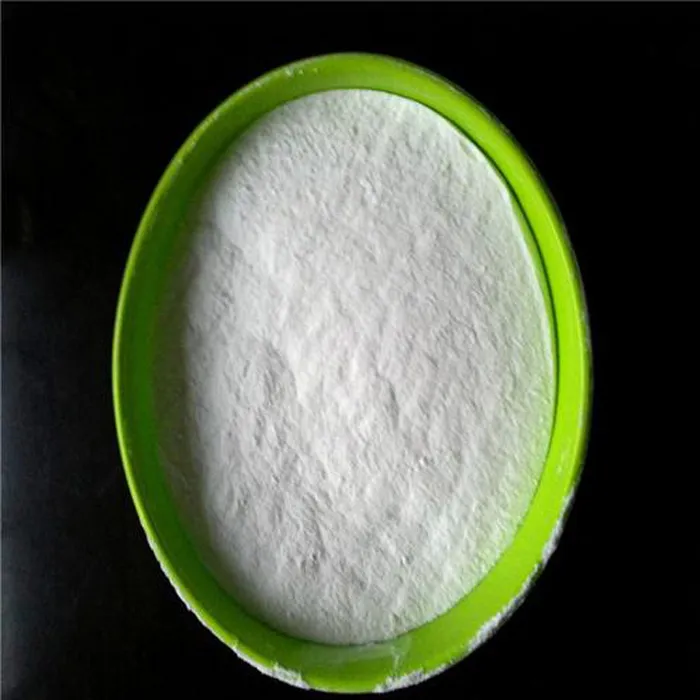Cationic Polymers Used in Water Treatment
Water treatment is an essential process that ensures the provision of clean and safe drinking water, as well as the effective management of wastewater. Among the various chemical agents employed in this domain, cationic polymers have gained significant attention due to their versatile properties and effectiveness in removing impurities from water. This article explores the role of cationic polymers in water treatment, their mechanisms of action, and their applications.
Cationic polymers are positively charged macromolecules that can interact with negatively charged particles, including contaminants, organic matter, and colloids present in water. This charge-based interaction is fundamental to their effectiveness in water treatment processes. The positive charge of cationic polymers allows them to bind with negatively charged surfaces, facilitating the aggregation and removal of suspended solids and organic impurities.
One of the primary mechanisms by which cationic polymers function in water treatment is flocculation. During flocculation, cationic polymers serve as bridging agents that connect suspended particles, forming larger aggregates known as flocs. These flocs can be easily separated from water through sedimentation or filtration processes. This property makes cationic polymers invaluable in various applications, including the treatment of drinking water, wastewater, and industrial effluents.
In drinking water treatment, cationic polymers are often used in combination with coagulants, such as aluminum and iron salts, to enhance the removal of turbidity and microorganisms. These polymers improve the efficiency of the coagulation-flocculation process, leading to clearer water with reduced pathogen levels. Moreover, the use of cationic polymers can also reduce the amount of chemical coagulants required, which is beneficial for both environmental and economic reasons.
cationic polymer used in water treatment

In wastewater treatment, cationic polymers play a critical role in the removal of organic pollutants, including oils, greases, and other hydrophobic substances. Their high molecular weight and cationic charge enable them to effectively adsorb and encapsulate these contaminants, promoting their removal from wastewater streams. This application is particularly important in industries such as textiles, paper, and pharmaceuticals, where substantial amounts of organic waste are generated.
Furthermore, cationic polymers are also employed in sludge dewatering processes. By facilitating the aggregation of fine particles in sludge, these polymers help to increase the efficiency of dewatering techniques, leading to reduced disposal costs and improved handling of residuals. They have been shown to enhance the performance of various dewatering technologies, including centrifugation and filtration.
Despite their numerous advantages, the use of cationic polymers in water treatment is not without challenges. One concern is the potential for residual toxicity, as some cationic polymers can exhibit adverse effects on aquatic ecosystems when not adequately removed from treated water. Therefore, it is essential to optimize dosing and treatment methods to minimize these risks. Additionally, the environmental impact of synthetic cationic polymers has spurred interest in the development of biodegradable and environmentally friendly alternatives.
In conclusion, cationic polymers are a vital component in modern water treatment processes, offering significant benefits in terms of contaminant removal and water quality improvement. Their ability to enhance flocculation, remove organic pollutants, and aid in sludge dewatering underscores their versatility and efficacy. Continued research and development in this field are necessary to address environmental concerns and optimize their application, ensuring a sustainable approach to water treatment in the future. As we strive for cleaner water and a healthier environment, the role of cationic polymers is likely to expand, paving the way for more efficient and effective water management solutions.

